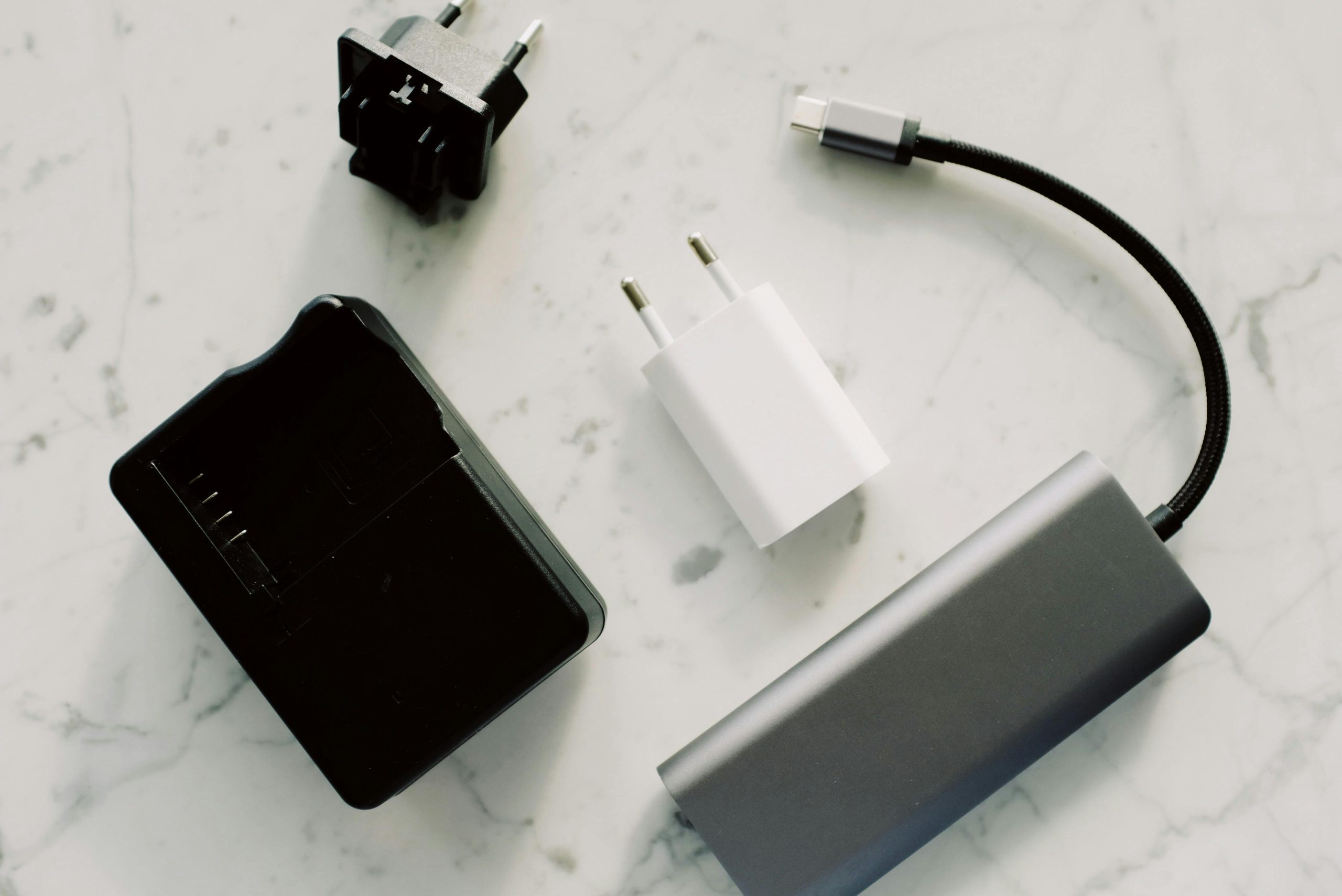Identifying and Connecting the Correct Cable for Your ViewSonic VS15453 to a MacBook Pro
Are you trying to connect a secondhand ViewSonic monitor (Model VS15453) to your MacBook Pro and unsure about the type of cable or adapter needed? You’re not alone. Many users face similar challenges when dealing with legacy or unfamiliar display connections, especially when transitioning to modern devices like the MacBook Pro, which primarily uses USB-C ports.
Understanding Your Cable
The main issue appears to be identifying the connector at the end of your current cable—specifically, the one that plugs into your monitor or device. Based on typical ViewSonic configurations and the description, this cable may be an older or specialized video output adapter, which doesn’t directly align with the ports on your MacBook Pro.
Common Video Connection Types for ViewSonic Monitors
- VGA: Analog connector, typically a 15-pin D-Sub cable.
- DVI: Digital video interface, either DVI-D or DVI-I.
- DisplayPort: Modern, digital interface that many ViewSonic monitors support.
- HDMI: Widely used for digital audio and video.
Determining the Correct Adapter
To connect your monitor to your MacBook Pro, you’ll need to identify the output port on your monitor and then select the appropriate cable or adapter, considering the ports available on your MacBook Pro:
- If your monitor’s cable ends with DVI, VGA, or DisplayPort, you’ll need an adapter that converts that connection to USB-C, which is the standard on recent MacBook Pros.
Recommended Steps
-
Inspect the Cable and Connector
Examine the end part of your cable—the second photo you mentioned—and identify its shape and pin configuration. Is it a DVI connector, VGA, or DisplayPort? Taking a clear photo and providing details can help specialists assist you further. -
Determine the Monitor’s Input Port
Check your ViewSonic VS15453’s backside to see which input ports are available. -
Select the Correct Adapter
Depending on the identified output: - For VGA, use a VGA to USB-C adapter.
- For DVI, opt for DVI to USB-C.
-
For DisplayPort, choose DisplayPort to USB-C.
-
Purchase Compatibility-Ensured Cables or Adapters
Share this content:



